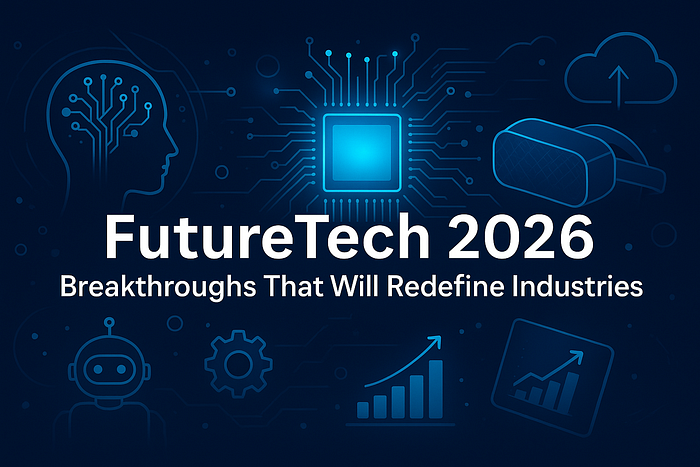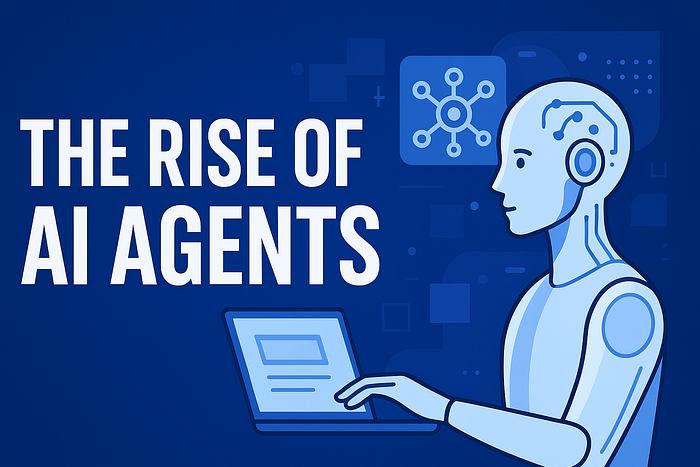
Introduction
As we move toward 2026, the pace of technological innovation is accelerating faster than ever. From artificial intelligence and quantum computing to 5G-powered automation and sustainable tech, the next wave of breakthroughs is set to redefine industries across the globe. The convergence of these technologies will not only optimize operations but also transform how businesses deliver value, interact with customers, and shape the economy.
Let’s explore the key technological breakthroughs that will drive the future of industries in 2026.
1. Artificial Intelligence and Automation at Scale
AI has evolved from experimental models to practical, integrated solutions. In 2026, AI-driven automation will dominate manufacturing, healthcare, and finance.
- Manufacturing: Smart factories powered by AI and robotics will optimize production lines with real-time analytics and predictive maintenance.
- Healthcare: AI diagnostic systems will improve early disease detection and personalized treatments.
- Finance: Intelligent algorithms will automate compliance, fraud detection, and investment strategies.
According to IDC, global AI spending is projected to surpass $500 billion by 2026, signaling its central role in the next industrial revolution.
2. Quantum Computing Goes Commercial
Quantum computing, once limited to research labs, is expected to become more commercially accessible by 2026.
Tech giants like IBM, Google, and Intel are racing to deliver scalable quantum systems capable of solving problems beyond classical computers’ reach.
Quantum breakthroughs will impact:
- Pharmaceuticals: Enabling faster drug discovery.
- Cybersecurity: Revolutionizing encryption and data protection.
- Supply Chain Optimization: Modeling complex systems in real time.
Quantum technology will mark a major shift in how industries process data and innovate at scale.
3. The Rise of Sustainable and Green Technologies
Sustainability will no longer be optional — it will be the foundation of innovation. By 2026, industries will prioritize eco-friendly technologies that reduce emissions and waste.
Key trends include:
- Green data centers powered by renewable energy.
- Electric and hydrogen vehicles replacing fossil fuels.
- Circular manufacturing using recycled materials.
These technologies will not only combat climate change but also open new markets for clean tech entrepreneurs and investors.
4. 5G and the Expansion of Smart Infrastructure
By 2026, 5G networks will be nearly universal, enabling ultra-fast connectivity for smart cities, vehicles, and IoT ecosystems.
- Smart Cities: Sensors and AI will manage traffic, energy, and safety more efficiently.
- Autonomous Vehicles: High-speed connectivity will allow seamless vehicle-to-vehicle communication.
- Remote Work: Businesses will experience near-zero latency for virtual collaboration and AR/VR meetings.
5G will serve as the backbone for the digital economy, accelerating automation and data exchange like never before.
Read More: 2025FutureTech 2026: Breakthroughs That Will Redefine Industries

